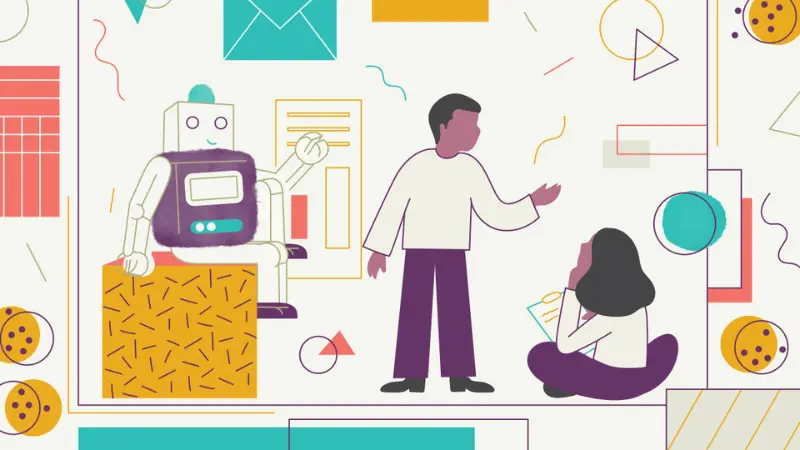
In 2024, it’s time to stop talking about a cookieless future — and start acknowledging our cookieless reality. As major ISPs, ESPs, and email browsers actively phase out third-party data, marketing leaders must pivot on their lead generation and marketing attribution strategy.
The first step: start prioritizing direct relationships with customers, and stop relying on hand-me-down data gathered from third-party platforms and providers.
Quick refresher: what’s happening right now with cookies
Let’s take a step back and recap what’s happening with third-party data and why it matters.
In January, Google’s web browser Chrome began actively testing Tracking Protection — its new feature that restricts access to third-party cookies by default — across 1% of its global users. In the second half of this year, Chrome will phase out third-party cookies for all users. And Google is the straggler among browsers, with Firefox, Safari, and even Microsoft Edge already defaulting to this new normal.
Consumers are ready for a cookieless world. A Twilio study reports that over the last year, 50% of consumers say they’ve left a website altogether rather than accept cookies.
This means marketers now face an important choice: shift their digital marketing approach towards collecting zero-party and first-party data or lose their audience.
Strategic Recommendation
The most successful marketers in 2024 will be those who engage in authentic, customer-centric conversations that start from zero-party data. Companies must build a strategic narrative and storytelling from the data their audience provides directly.
There’s a silver lining to our cookieless reality: it’s helping marketers break out of the never-ending loop of proving “performance” through attribution and ROI, and return to using proven channels and valuable expertise to create business impact.
As Melanie DeCarolis said on LinkedIn, “Cookies are empty calorie marketing. Looking forward to their demise.” Marketing leader Lisa Crowell agrees: “We must dig deep and go back to our roots. After all, it’s about making the effort to connect directly…leave the middle person, aka cookies, behind.”
Yes, it’s going to be a time suck at first. But, organizations will gain authentic customer ties that outlast fickle markets, surpass unreliable third-party data, drive impact, and boost revenue.
Action Plan
Marketing leaders and web development teams can start with our 3-step guide:
- Ramp up the organization’s zero-party game: Add insight-driven questions on web forms, like “How did you hear about us?”
- Ensure first-party data is usable: Capture consent from website and app visitors. Make sure that consent is accurately tied to cookie data collected and stored. For example, GA4 has a built-in consent mode feature.
- Connect zero-party data and first-party data: Integrating data from the organization’s GA4 instance, CRM, and email service provider all in one place allows teams to use it to communicate precisely with real humans.
Get Internal Buy-In
Call a Lunch & Learn to discuss this new reality — maybe even spring for cookies to sweeten the message (yes, even for the remote workers). Deliver a provocative, compelling presentation on zero-party and first-party data. We can help you get started with a marketing playbook.
Stress the deadline-driven need to have a cookie-free action plan by July — because Google has said it plans to phase out cookies for 100% of Chrome users by Q3 2024. Make it clear that there’s no other choice here but to get on board, the sooner, the better. Your human customers are waiting.




